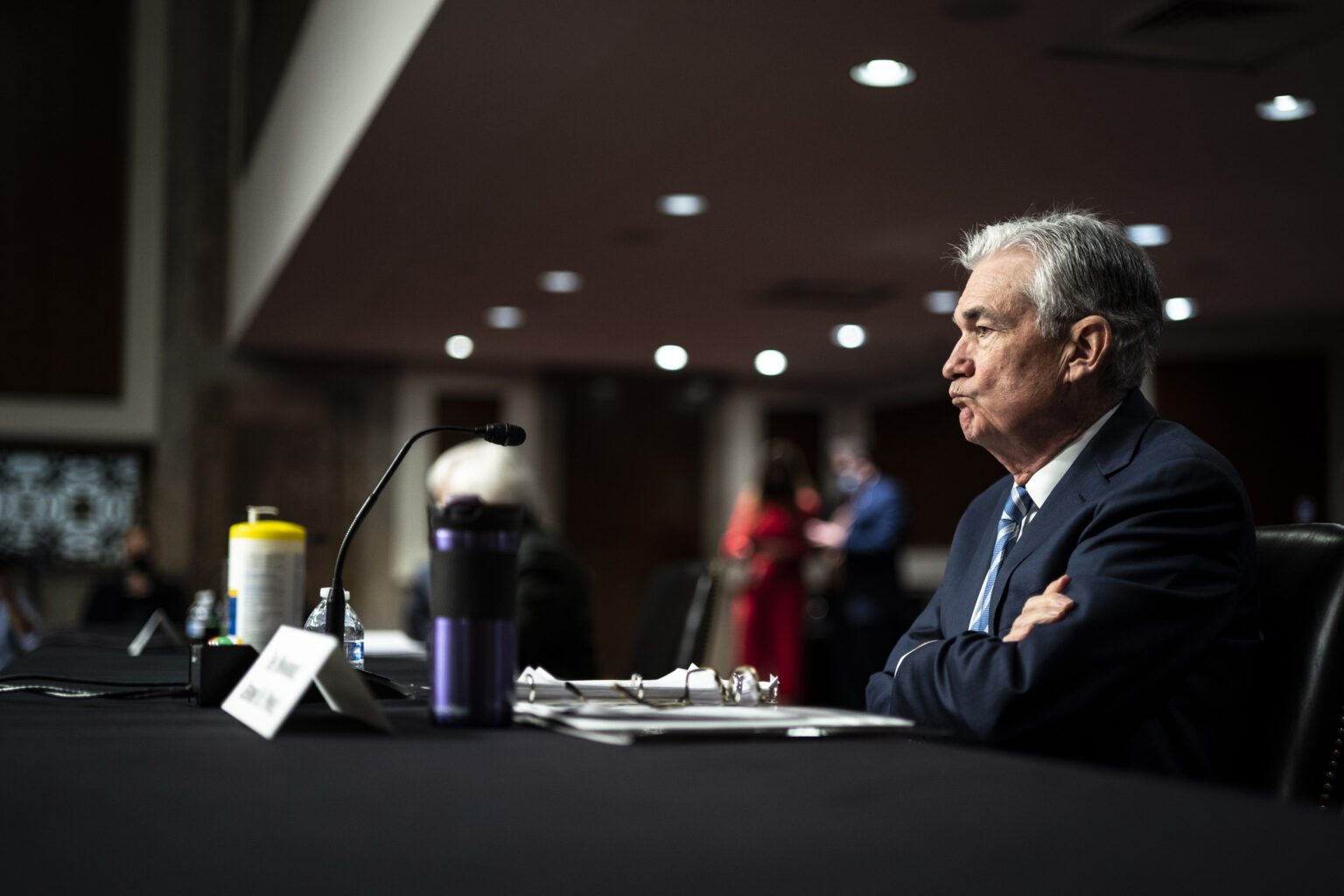Federal Reserve Holds Steady Amid Economic Uncertainty
On Wednesday, the Federal Reserve opted to maintain its benchmark interest rate, signaling a cautious approach as it continues to assess the economic impact of ongoing trade tensions and policy uncertainties. This decision marks the fourth consecutive pause in rate adjustments, with the current rate set between 4.25% and 4.5%, a level that influences borrowing costs for consumers and businesses nationwide.
Forecasts Signal Slower Growth and Slight Rise in Unemployment
Despite holding rates steady, policymakers project a deceleration in economic expansion and anticipate a modest uptick in unemployment figures compared to previous forecasts. Inflation, which has been subdued in recent months, is expected to accelerate temporarily before easing back to target levels. These projections reflect a cautious outlook amid global trade disputes and domestic policy shifts.
Insights from the Federal Reserve Chair
In a press conference, Fed Chair Jerome H. Powell emphasized that inflationary effects stemming from recent tariffs could be transient, representing a one-time adjustment in prices. However, he acknowledged the possibility of more persistent inflation if certain conditions, such as tariff magnitude and pass-through duration, are not managed carefully. Maintaining anchored long-term inflation expectations remains a key priority for the central bank.
Market and Political Dynamics Influence Monetary Policy
Leading up to the meeting, political tensions escalated as President Donald Trump publicly criticized Powell for not lowering interest rates more aggressively. Trump, who has previously called Powell “stupid,” publicly suggested that the Federal Reserve should consider rate cuts exceeding 1%, even joking about appointing himself as Powell’s replacement. These comments underscore the political pressure the Fed faces amid a complex economic landscape.
The Balancing Act: Growth, Inflation, and Trade Tensions
The Fed’s primary challenge lies in balancing its dual mandate: fostering maximum employment while maintaining stable inflation. Prolonged trade uncertainties and tariff policies threaten to slow economic growth and destabilize financial markets, conditions that typically prompt rate reductions. Conversely, tariffs can also stoke inflationary pressures, potentially justifying higher interest rates. Economists warn that inflationary effects may lag behind signs of economic slowdown, complicating policy decisions.
Current Economic Indicators Signal Resilience
Despite external pressures, Powell expressed confidence in the economy’s resilience. He highlighted strong labor force participation, rising wages, and consistent job creation as indicators of a healthy economy. “While we may see a very gradual cooling, there’s nothing at this point that suggests troubling trends,” Powell stated. “Our current monetary stance positions us well to respond swiftly to any significant changes.”
Implications of Political and Global Factors
The ongoing political discourse and international conflicts, such as tensions in the Middle East affecting oil supplies, continue to influence inflation prospects. Recent declines in energy prices have temporarily subdued inflation, but rising geopolitical risks threaten to disrupt markets and push prices upward again. The unpredictable rollout of tariffs further complicates the economic outlook, as businesses struggle to adapt to changing import costs and policy signals.
Potential Scenarios for Future Rate Movements
Analysts consider various scenarios: If tariffs stabilize at a moderate effective rate-around 10%-and inflationary effects are short-lived, the Fed might consider a rate cut later this year. Such a move would support ongoing labor market strength and economic stability. Conversely, the erratic implementation of tariffs, with frequent adjustments and delays, has created uncertainty, making it more challenging for the Fed to forecast and plan future policy actions.
Challenges of Unpredictable Trade Policies
Experts like Atlanta Fed President Raphael Bostic have noted that traditional assumptions about tariffs-namely, that they are applied once and understood-do not hold in the current environment. The ongoing, often unpredictable, adjustments to import taxes have introduced a layer of complexity, affecting consumer and business expectations and potentially altering economic behavior over the medium term.
Looking Ahead: The Path Forward
As the Federal Reserve navigates these turbulent waters, Powell’s upcoming statements will be closely watched for clues about future policy directions. While the central bank remains cautious, its focus remains on supporting economic growth without letting inflation spiral out of control. The delicate interplay of domestic policy, global tensions, and market expectations will continue to shape the Fed’s decisions in the months ahead.

